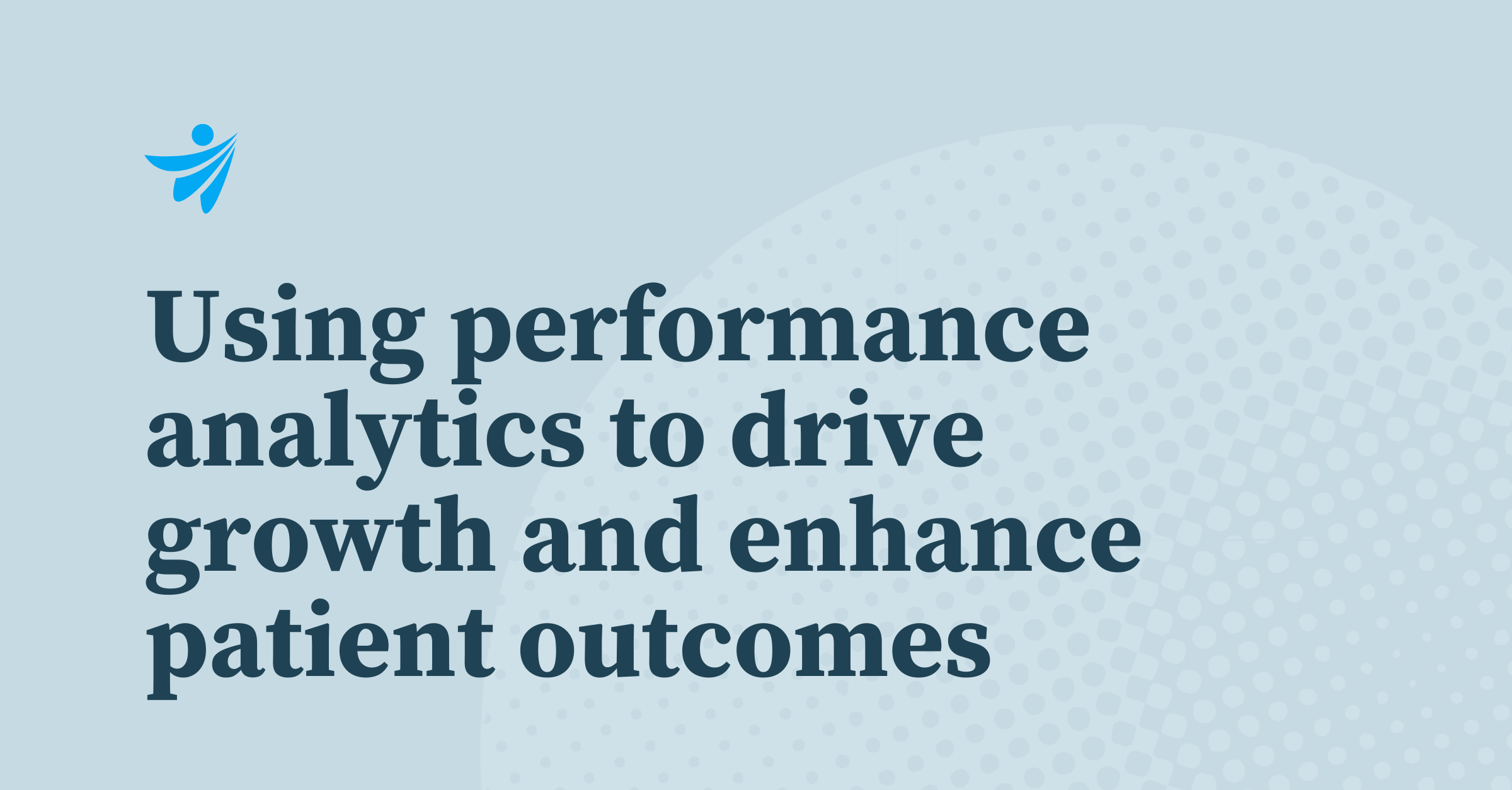
Insights for Providers
Jul 19, 2024
Insights for Providers | July 21, 2022
Many providers are returning to pre-pandemic levels of outpatient visits and surgeries, but not all of them. This is driven by several factors, including increased expenses, workplace shortages, supply chain issues, and even residual fear of contracting COVID-19 during routine visits or procedures. That doesn’t mean there are no strategies you can put into place today to not only help you weather the current situation but thrive in it. The first and most important part of this process is that you have the right network in place to serve the patients you have now. Keeping them in your network means offering the services they want and need; part of this is making sure that your providers refer to high-quality specialists. One way to better understand your network is to analyze your referral patterns. Take a look at your referrals in and out of the network to see if any gaps stand out. Changing referral behavior can be challenging, but approaching your providers with transparent data about how certain referral patterns are impacting patients can be a great first step! When starting with a foundation of trust, data-backed insights can actually help strengthen physician relationships and improve physician alignment. The better you care for your current patients in-network, the more future-proof your system will be. One of the biggest obstacles to a return to pre-pandemic outpatient visit levels is your workforce’s capacity. Many professionals burned out and left the healthcare industry during the pandemic, and replacing them has been challenging for some providers. This may mean re-evaluating your pay structure, your hiring process, employee benefits, and more. To have the right network in place, you need the right personnel and enough of them to serve not only your current patients but an influx of future patients as you grow. Look at your competition and your employer brand, then work to stand out in the industry as one of the best employers in your field. This helps ensure the future of the care you can provide. Above, we talked about needing data, and that is never truer than when it comes to understanding your market. You know a lot about your current patients, but what about the general population of the area you serve? Is there a bunch of young couples preparing to have children? Do you have the OB-GYN/Pediatricians to meet their needs? Do you live in an area with an aging population? Do you have the geriatric specialists and care facilities to serve those who will need them? How do you know these things? Invest in a market intelligence solution that can help you understand consumer demand, predict the future needs of your patient population, and identify gaps you might need to fill. This is the key to keeping your current patients in the network while attracting new ones as well. If your patients are going outside of the network for certain kinds of care, this is the kind of issue market intelligence can help you detect and resolve. One of the things that any recession affects, regardless of how severe it is or how long it lasts, is elective healthcare. Patients revert to focusing on healthcare needs and essentials but often neglect elective tests or procedures due to economic issues. How do you counter this? Understanding consumer demand is a big part, but some might come down to marketing. Try educating patients on what is covered by insurance and the importance of elective and preventative services for their overall health. Most patients know that preventative medicine actually costs them less in the long run. Often during financial stresses, it is important to remind them of the long-term benefits and offer programs that expand their understanding. As healthcare price transparency becomes more widely adopted, both payers and providers have more data than ever to negotiate rates. Using market intelligence and analytics to gather and analyze publicly available rate data can help your organization negotiate with confidence. Pure rates data doesn’t tell the whole story, though. To future-proof your health system, think about ways to use a combination of rates and total cost of care data to prove you are truly delivering high-value, differentiated care. To future proof your health system, you require advanced analytics that provides data and insights you can trust. In an increasingly competitive market, the wrong investments can really hurt not just your business but also the community you serve. By taking a data-driven approach, you can test hypotheses on the fly, better understand market needs, quickly close gaps in your current network and service offerings, and more. Five strategies to future-proof your health system:
1. Have the right network in place for your patients
2. Manage your workforce’s capacity
3. Get ahead of the curve by leveraging market intelligence
4. Adopt recession-proof strategies
5. Confidently adjust and negotiate your rates
Becoming future proof